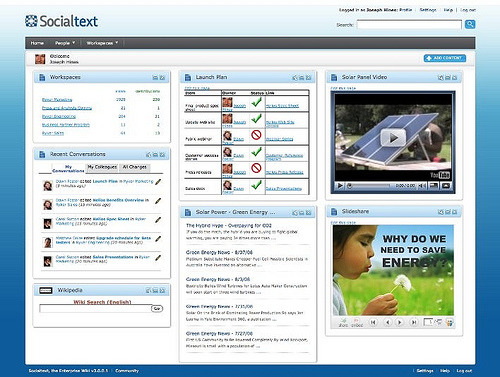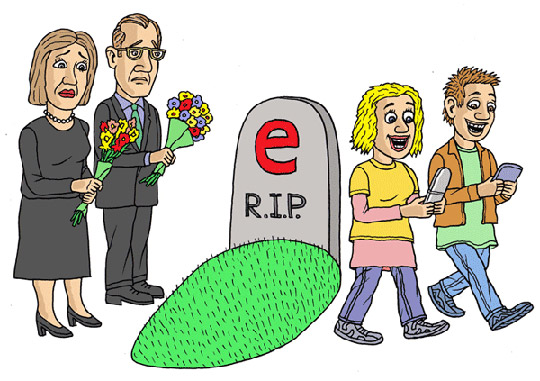 First, kudos to Skype for listening to customers, many of whom considered the first Skype 4.0 beta’s full-screen a deal-breaker. Yes, they listened and gave us a compact view, somewhat similar to good old 3.x, which is why I installed it in the first place, but after an hour or so I am ready to uninstall.
First, kudos to Skype for listening to customers, many of whom considered the first Skype 4.0 beta’s full-screen a deal-breaker. Yes, they listened and gave us a compact view, somewhat similar to good old 3.x, which is why I installed it in the first place, but after an hour or so I am ready to uninstall.
In a nutshell: the new Skype is great for single-channel communication, long video calls with one person, but if you’re a multi-tasker (aren’t we all?) who usually has several chat windows open at a time, you’ll be disappointed.




![Reblog this post [with Zemanta]](https://www.zoliblog.com/wp-content/uploads/HLIC/1e888c58c2f8097a76d183db620f05dd.png)

![Reblog this post [with Zemanta]](https://www.zoliblog.com/wp-content/uploads/HLIC/54e6a3db43b098ecbf5db09e027cb1c1.png)

 I don’t claim to be an expert economist, so
I don’t claim to be an expert economist, so  )
) On my personal blog I don’t have to be as politically correct as on CloudAve, so here’s my summary: they tried SaaS, could not crack it, so concluded the market as a whole did not matter – a strategic mistake.. or… well, as they say, a
On my personal blog I don’t have to be as politically correct as on CloudAve, so here’s my summary: they tried SaaS, could not crack it, so concluded the market as a whole did not matter – a strategic mistake.. or… well, as they say, a 

Recent Comments